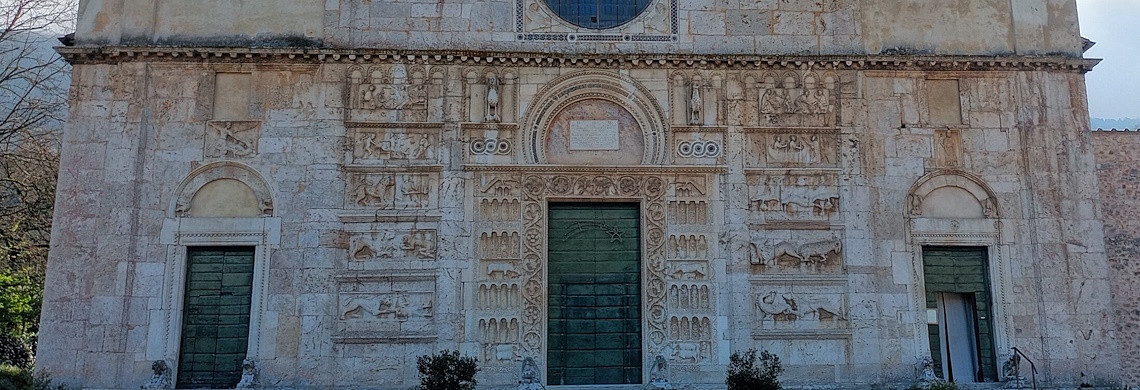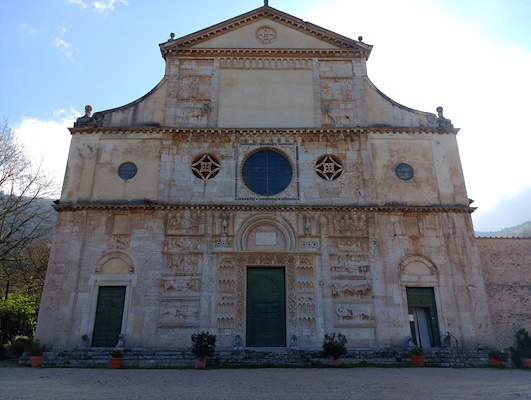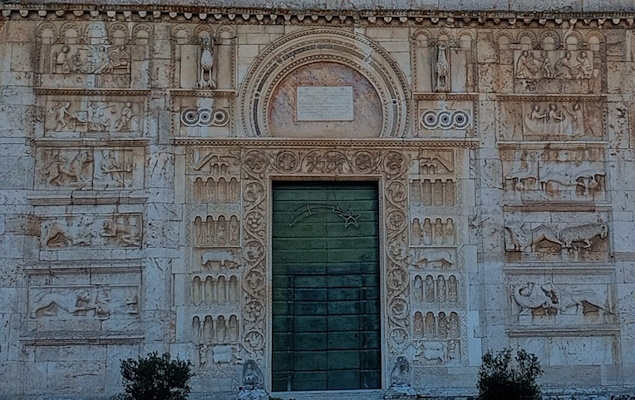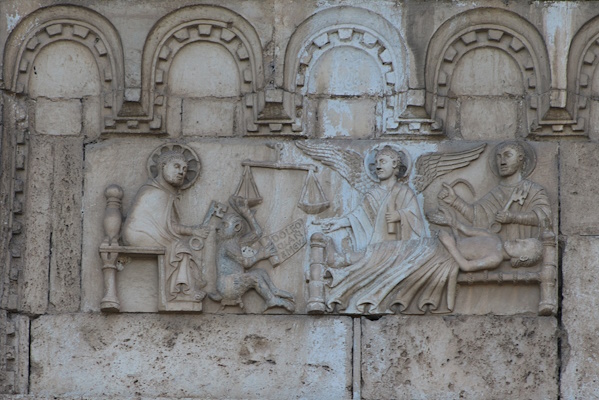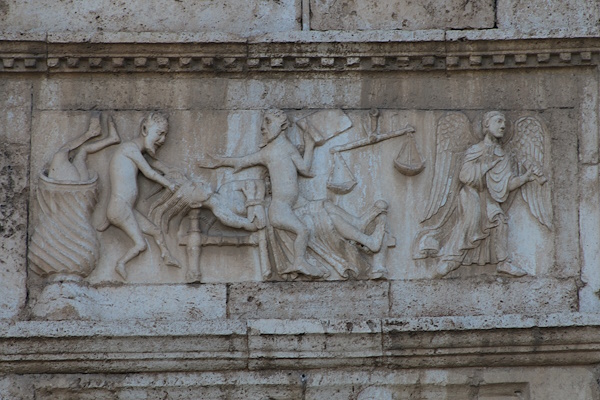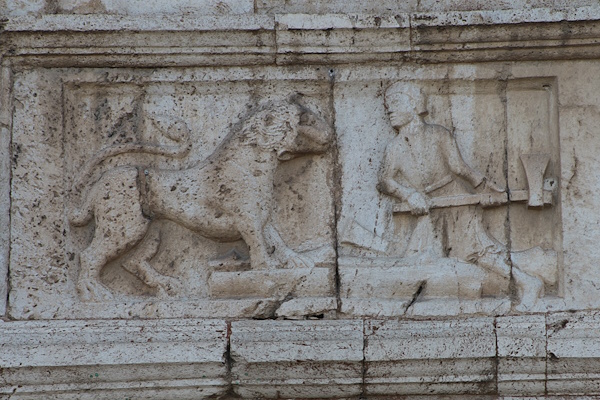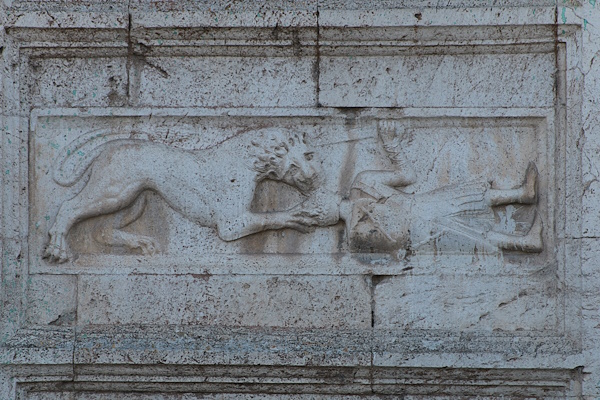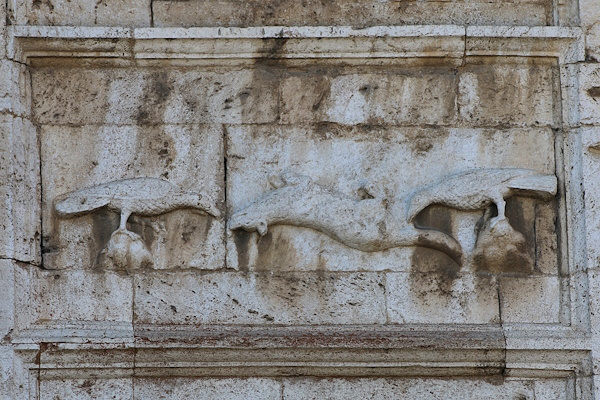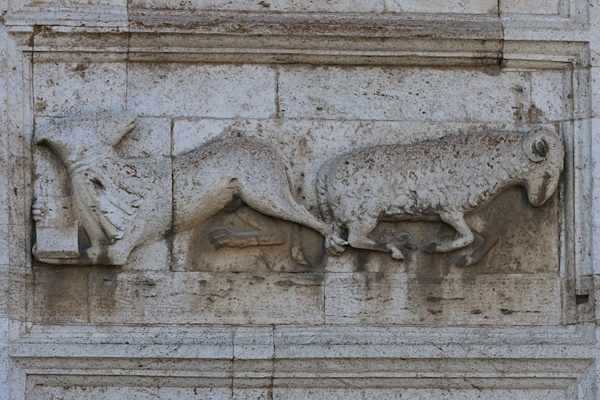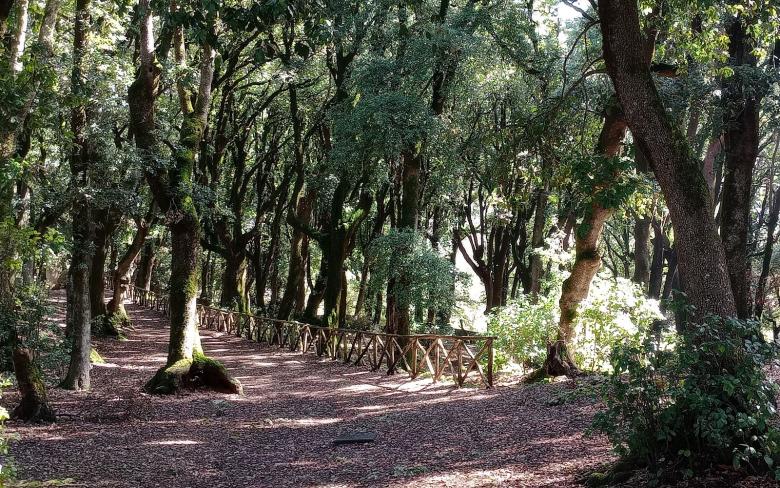Church of San Pietro Extra Moenia in Spoleto
Not far from the historical centre of Spoleto, at the confluence of the SS3 Flaminia and the road to Monteluco, stands the Romanesque church of San Pietro, one of the most important in Umbria for its architectural layout and decorative richness.
The primitive building was probably erected by Spoleto’s bishop Achilleo at the beginning of the 5th century; the church, perhaps Spoleto’s first cathedral, was used as a burial place for the city’s bishops. The cemetery use of the area, which is very ancient, is evidenced by a number of 5th-6th century burials found during excavation campaigns and the numerous reused materials found especially near the rectory cloister. In Roman times, there were several buildings of considerable importance beneath the church.
Inside, in addition to a series of marble tombstones from different eras, are the remains of important bishops, such as that of Antimo Martire who died in 176, those transferred from the church of St. Eufemia of Giovanni II, martyred by Totila’s Goths presumably in 546, and bishop Pietro, in office during the creation of the Longobard Duchy and until 594.
The church was entirely rebuilt in the Romanesque period.
The façade
Probably built around 1180, it is an unicum in its architectural layout and sculptural organisation. At the end of the 17th century, it underwent interventions in the side fields and tympanum, which are in fact plastered and not stone.
In the upper register are the statues of St. Peter and St. Andrew, separated from the lower registers by three rose windows, the central one with animals symbolising the four Evangelists in the corners, reminiscent of the one in the famous Cathedral of Spoleto.
In the lower register are three portals between which are beautiful bas-reliefs with racemes, figures and animals representing an iconographic programme consisting of numerous panels with sculptures of exceptional quality, depicting scenes from the life of the Apostle Peter, and episodes from medieval bestiaries and fables.
Starting from the left, numerous scenes of moralistic intent are sculpted, such as the Death of the Just and the Death of the Sinner, followed by scenes featuring the lion, a metaphor for human superiority over the devil.
The scene with the fox and the crows is inspired by a fable where the protagonist, symbolising the devil and sin, pretends to be dead to lure the unsuspecting birds to her before devouring them.
The last two scenes are those of the student wolf and the ram, also inspired by a fable by Marie de France, a zoomorphic version of the italian idiom “l’abito non fa il monaco” (the dress does not make the monk), and finally the lion and the dragon, symbolising God and the devil respectively.
























